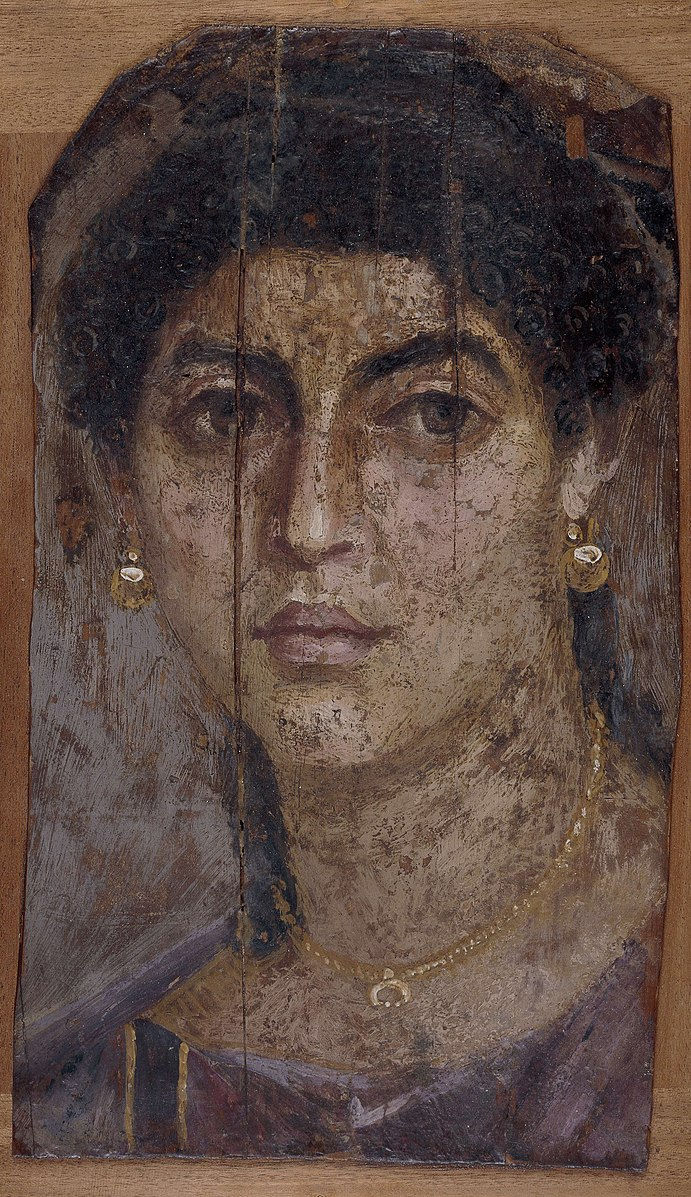Portraits and getting a likeness...
- Shawn Dell Joyce artist
- Oct 30, 2021
- 4 min read
Portraits are the Holy Grail in art. Artists aspire to do realistic portraits because nothing screams success like a well drawn likeness. Also, portraits are one of the most difficult challenges that artists face...you need to develop the power to discern tiny details, measure and check proportion, and have the capacity to create rich textures like smooth skin and rough fabrics, human hair and expressions.
Also, artists each have different ways of painting portraits and getting likenesses. I learned from Betty Edwards who follows rules of proportion that were drafted during Renaissance times. Artists were paid to satisfactorily capture the lords and ladies of the court and royal family, as well as wealthy patrons of the church in religious murals. They had to get it right. Their lives and livelihoods depended upon it.

Some of the earliest portraits were found in Egyptian tombs dating back to Akhenaten 5,000 years ago, and Chinese noble's burial sites. Many of these portraits sought less to show the actual facial features of the dead, but rather their importance in life. Most portraits were stylized and flattering.

A general rule among artists is to make your subject look 10 years younger and 10 lbs lighter. It's a joke, but not really. Few of us actually see ourselves unvarnished, and recognize our own beautifully-aged faces.
History is rife with tales of artistic license and portraits. Even DaVinci wrote about Mona Lisa in his notebooks:
A very high degree of grace in the light and shadow is added to the faces of those who sit in the doorways of rooms that are dark, where the eyes of the observer see the shadowed part of the face obscured by the shadows of the room, and see the lighted part of the face with the greater brilliance which the air gives it. Through this increase in the shadows and the lights, the face is given greater relief. [John Pope-Hennessy, The Portrait in the Renaissance, Bollingen Foundation, New York, 1966, pp. 71–72]

And Sargent's scandalous portrait of Madame Gatreaux that came close to ending his career. Madame Pierre Gautreau (the Louisiana-born Virginie Amélie Avegno; 1859–1915) was known in Paris for her artful appearance. Sargent hoped to enhance his reputation by painting and exhibiting her portrait. Working without a commission but with his sitter’s complicity, he emphasized her daring personal style, showing the right strap of her gown slipping from her shoulder. At the Salon of 1884, the portrait received more ridicule than praise. Sargent repainted the shoulder strap and kept the work for over thirty years. When, eventually, he sold it to the Metropolitan, he commented, “I suppose it is the best thing I have done,” but asked that the Museum disguise the sitter’s name. (Excerpted from the Metropolitan Museum)

Portraits have gone from aggrandized heroic depictions, to realistic historic likenesses, to today's beautiful (and often flattering) psychologically-tinged impressions. No longer reserved for royalty, portraits wind up in middle-class homes around the world.
Holidays are a busy time for many artists with portrait commissions. I don't usually do portrait commissions but already I have two line up for holiday delivery.
As an artist, I want to get something about a person's inner life and community into a portrait. Likeness is important, but a sense of who they are is equally critical. I've had two official portraits done by other artists (not my idea, I assure you!)
One truly captured that sense of who I am and was painted by George Hayes, a dear friend who knows me very well and has painted beside me many times. A print of it hangs in my studio today. I cherish it as it reminds me of a time in our lives when we really made a difference in our community.

The next portrait was done by a professional artist Joseph Sundwall, from life (sitting is excruciating for me-both because I'm painfully shy, but also because I want to be the one painting, not posing!) This is the best likeness anyone could possibly have achieved, and the figure looks so regal and dignified that it makes me laugh to think it was me and not some model or notable.

Seeing other artist's process in painting portraits fascinates me. Recently I watched Gwynneth Barthe-White do a live portrait painting from a model. She took great pains in making sure the entire head was in proportion, then achieved a likeness in her sketch before applying any color. She probably spent 75% of her time in the drawing stage.

Other artists, like Daniel Greene, might spend as much time with color as with drawing. In his portraits, he is looser and more painterly, getting a basic likeness and not a dead ringer look to the portrait.

Artist Cuong Nguyen built a Grisaille in black and white pastel pencil, while layering color in three layers; green, red, and yellow. Similar to the way oil painters would mix black and yellow then a touch of red to get a chiarascuro shadow color.
In November, I'll be offering an online portrait class for pastel artist where we explore three different portrait painting methods and see samples of works created by artists using these methods. Some are labor-intensive, some are more fun. It's good to try on different methods of painting-even if it's opposite what your inner-guidance would have you do.

I am set in my ways, but will often try on a new technique to see if it fits. I encourage you to as well. Learn from those who have gone before us, and try something new. Challenge yourself artistically and see how quickly you grow. Here's a link to sign up for my class: https://www.shawndelljoyce.com/shop




Comments